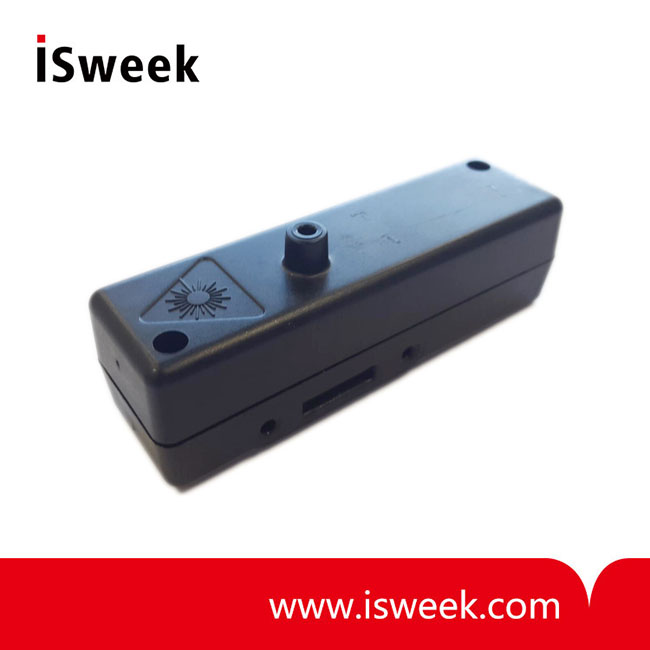Since the reform and opening-up, fruits and vegetables industry of China have developed rapidly. Vegetables and fruits have become the second and third largest industries of China’s planting industry after grain. Since 1993, the vegetable yield of China has ranked the world and become the biggest fruit country in the world.
Vegetables and fruits are full of much nutrition, which is an indispensable food for human daily life. However, the seasonal characteristic and perishability of vegetables and fruits bring great difficulties to the processing and storage after they are harvested. It is not easy to store vegetables and fruits. The harvest time of many vegetables and fruits is relatively centralized and most of them have high content of water, which is not suitable for long time storage and transportation. There are lots of processes to transfer vegetables from production place to customers. If the storage is inappropriate, the vegetables and fruits may rot and go bad due to the effect of organism diseases. In addition, the ripening and aging will also decrease their disease-resistance, provoking more serious disease and rot during storage.

At present, the preservatives used for fruits and vegetables at home and abroad maily are chemical. The most common ones are SO2 and other sulfide. SO2 has a strong inhibiting effect on common pathomycete existing on the vegetables and fruits, and can also inhibit the activity of oxidase, lower the cellular respiration frequency of vegetables and fruits, strengthen storage’s stability and effectively prevent enzymatic browning of vegetables and fruits. Nonetheless, with constantly improved living standard and gradually enhanced safety awareness of people, the issue of sulfite residue in vegetables caused by SO2 fumigation started to draw people’s attention. Therefore, according to Isweek information, the MAP(modified atmosphere packaging) where ’CO2’ is main antibacterial agent has become the major method to store vegetables and fruits.
As we all know, vegetables and fruits are still alive after being picked and will continue to breathe during storage, which must influence the O2 and CO2 contents in the storage environment. If O2 is too low or CO2 is too high, or the proportion of them is out of balance, the normal vital activities of vegetables and fruits will be impacted. Especially during controlled atmosphere storage the concentration change of O2 and CO2 in environment must be known in time; so during their storage the contents of them should be frequently detected. MINIR/ExplorIR-M, infrared CO2 sensor(NDIR CO2 sensor) with wide range and small size from Britain GSS, acted by Isweek, can realize CO2 monitoring of this application. It is based on IR LED patented technology and innovative optical path design, allowing low consumption and optional temperature and humidity output.

PS: CO2 has the function of inhibition to the growth and breed of most of putrefactive bacteria and fungi. After vegetables and fruits are picked up, the transition from aerobic respiration to anaerobic respiration will cause vegetables and fruits aging and rotting. Reasonably controlling O2 concentration in storage environment will lower the aerobic respiration ability and make them not perishable. Zirconia O2 sensor SO-E2-250 acted by Isweek can be used to monitor oxygen concentration. It owns high accuracy and low temperature dependence, which can meet this application requirement.






